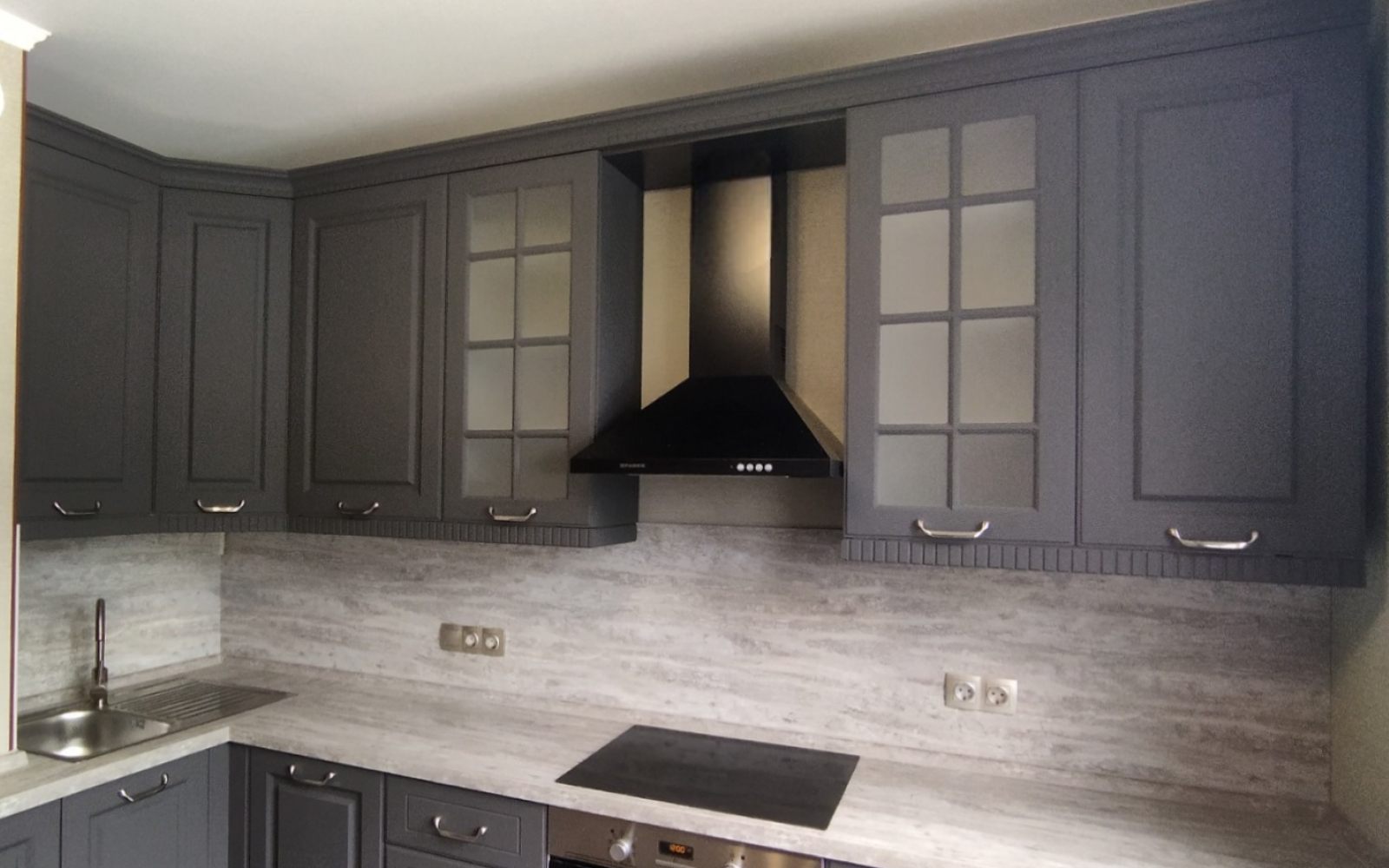
Introduction to Kitchen Design Bliss
Creating a kitchen that embodies both functionality and style is an art. Mastering kitchen design bliss means striking the perfect balance between aesthetics and practicality. Achieving such harmony requires thoughtful consideration of layout, materials, appliances, and personal taste. In this guide, we'll explore the key elements that contribute to designing a kitchen that's not only a culinary workspace but also the heart of the home.
Understanding Your Space and Needs
Before embarking on a kitchen makeover, it's essential to assess your specific needs and the limitations of your space. Consider how you use your kitchen: Are you an avid cook who requires lots of prep space, or do you see your kitchen more as a social hub? Measure your kitchen's dimensions and take note of any fixed features that need to be worked around. Understanding these aspects will shape the foundation of your kitchen design plan.
Choosing a Layout That Flows
The layout of your kitchen is crucial for both efficiency and enjoyment. The classic work triangle, which positions the sink, stove, and refrigerator in a triangular formation, is a time-tested principle that reduces unnecessary movement. However, contemporary designs also include zones dedicated to prepping, cooking, and cleaning. Open-plan kitchens are popular for their sociability and ease of movement, but even in confined spaces, smart layouts can maximize the room's potential.
Selecting a Style That Suits You
The aesthetic of your kitchen should reflect your personal taste while complementing the rest of your home. Whether you're drawn to a sleek, modern look with high-gloss finishes and minimalist cabinetry, or a cozy, traditional design with warm colors and classic touches, consistency is key. Your kitchen's style sets the mood, so choose a theme that resonates with you and stick to it throughout the design process.
Finding the Right Materials and Finishes
Materials play a significant role in both the visual impact and longevity of your kitchen. Stone countertops are beautiful and durable, while stainless steel appliances provide a professional look. Cabinetry comes in an array of materials and finishes, from natural wood to lacquered surfaces. When choosing materials, consider both their aesthetic appeal and their ability to withstand daily wear and tear. Balance the high-impact areas with cost-effective options that don't sacrifice quality or appearance.
Incorporating Practical Storage Solutions
Storage is pivotal in kitchen design. Without ample and accessible storage, even the most beautiful kitchen can feel cluttered and dysfunctional. Implement clever solutions like corner cabinets with carousel shelves, deep drawers for pots and pans, and pull-out pantries. Aim for a place for everything, and keep the items you use most frequently within easy reach.
Lighting Up Your Kitchen
Proper lighting is essential in a kitchen and serves both a functional and decorative purpose. Layer your lighting with a combination of overhead lighting, task lighting under cabinets, and accent lighting to highlight features or create ambiance. Natural light should be maximized wherever possible to create an inviting and warm space.
Adding Personal Touches
Your kitchen should reflect who you are. Personal touches like family photos, curated collections, or your favorite plants can bring warmth and individuality to the space. Choose decorative elements that speak to you and inject a sense of home into your kitchen.
The Art of Balance in Kitchen Design
Ultimately, mastering kitchen design bliss lies in achieving balance. Combining functional workspace with personal style creates a kitchen that is harmonious and inviting. By paying attention to the layout, materials, storage, and decorative elements, you can create a kitchen that not only meets your culinary needs but also serves as a centerpiece of your home. Embrace the process, allow your personal flair to guide you, and soon you'll be relishing in the bliss of your perfectly designed kitchen.